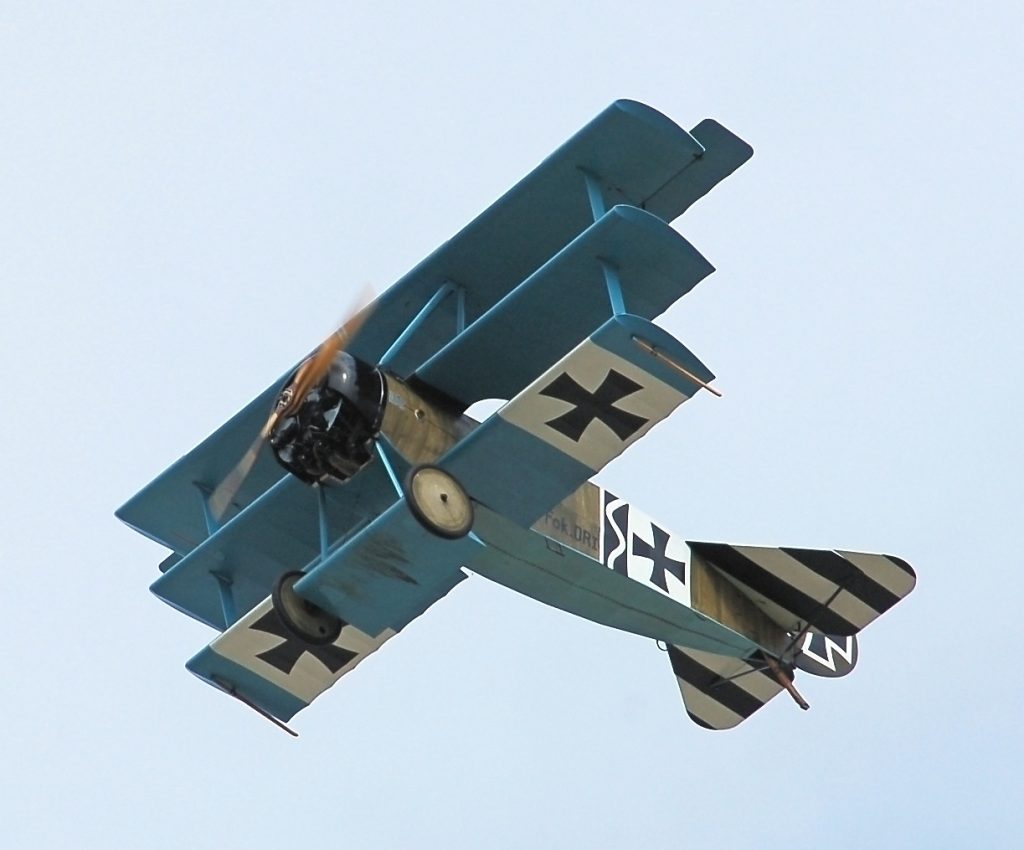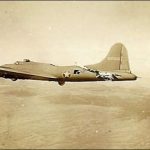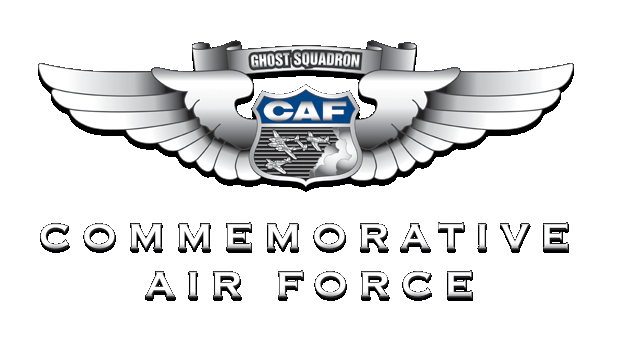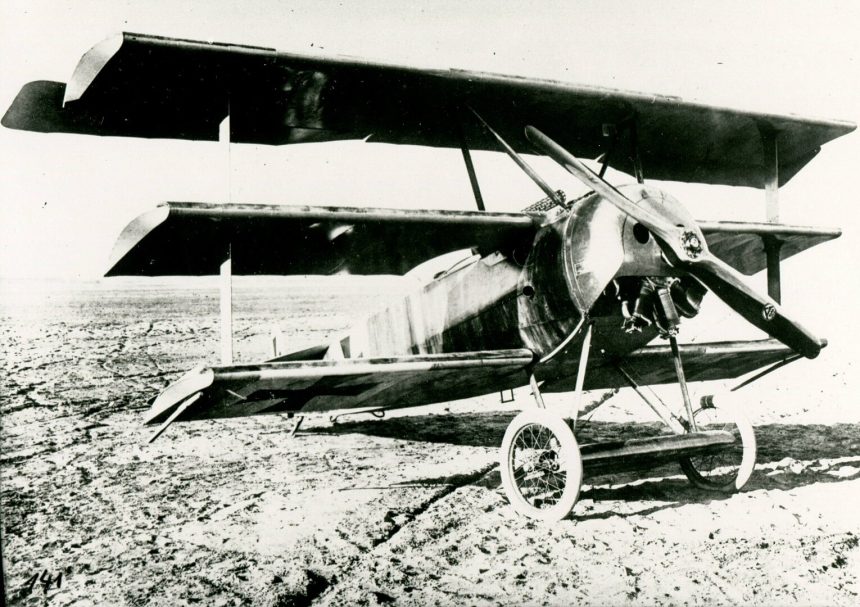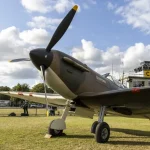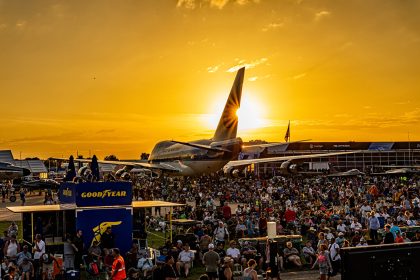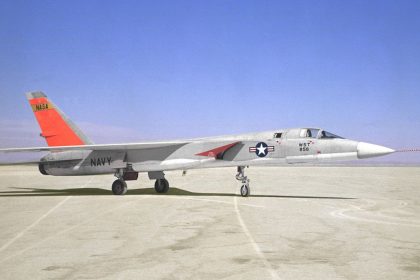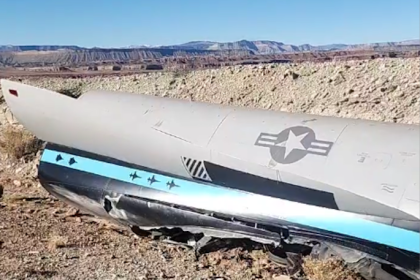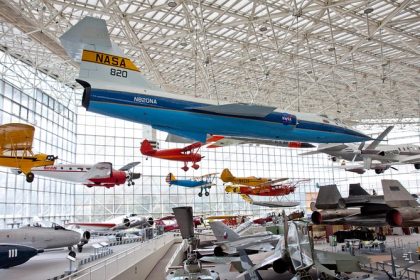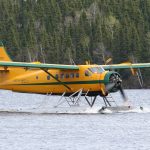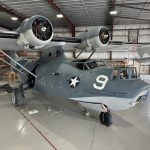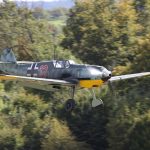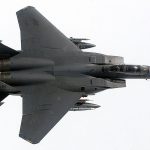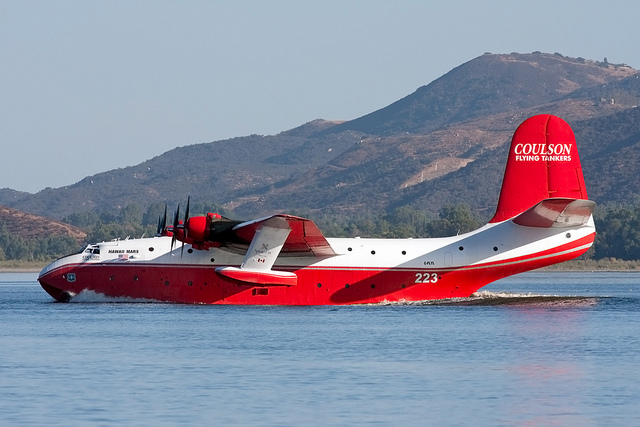
On this day in aviation history, 108 years ago (July 5, 1917), the Fokker Dr.I took to the skies for the first time. The flight was made by the Fokker Flugzeugwerke GmbH V.5 prototype, which paved the way for the iconic German triplane. Featuring three stacked wings, the Dr.I’s unique design provided exceptional maneuverability, particularly in tight turns and steep climbs. The aircraft is best known for its association with German World War I ace Manfred von Richthofen—better known as the Red Baron—who scored two victories in the F.I prototype and 17 more in the production Dr.I Dreidecker.

The Fokker Dr.I had a compact wingspan, measuring just 23 feet 7 inches across the top wing. This, combined with the aerodynamic advantages of the triplane configuration, gave it excellent roll rates and agility. Originally, it was powered by an Oberursel Ur.II nine-cylinder rotary engine producing 110 horsepower, allowing for a top speed of 110 mph. The aircraft had a range of 160 nautical miles and a service ceiling of 20,000 feet. Armament consisted of two 7.92 mm Maschinengewehr 08 Spandau machine guns, which gave the Dreidecker its lethal edge in dogfights.
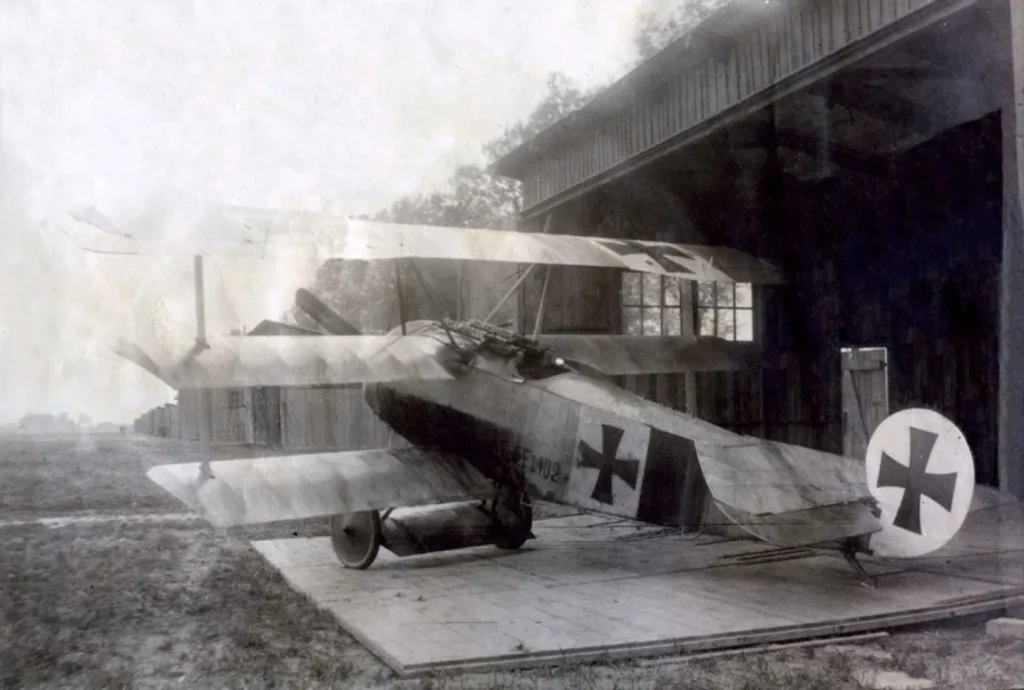
A total of 320 Fokker Dr.Is were built during World War I, and the aircraft quickly gained a reputation as one of the most formidable fighters of the conflict. Its legacy endured well beyond the war. Aviation enthusiasts and historians have since built numerous replicas of this iconic warbird. One such example can be found at the National Warplane Museum in Geneseo, New York. In 2020, museum member and engineer JB Allred completed a flying replica of the Dr.I, powered by a 145-horsepower Warner SS-50A Scarab seven-cylinder radial engine.
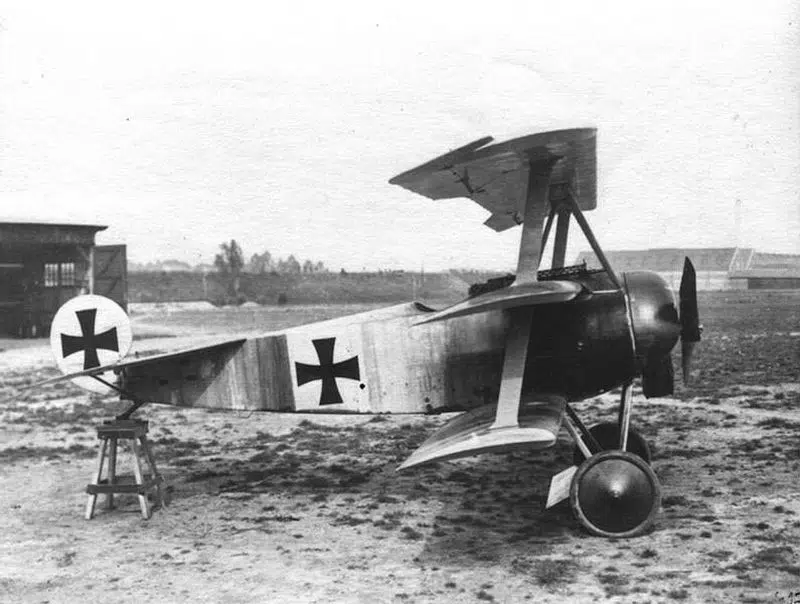
The enduring passion for World War I aviation is evident in the many replicas that continue to be built and flown today. These aircraft play a vital role in preserving the history of early aerial combat, ensuring that the stories and machines from the dawn of military aviation are not forgotten. Keeping these early warbirds in the air keeps the past alive for future generations to study, appreciate, and enjoy.
